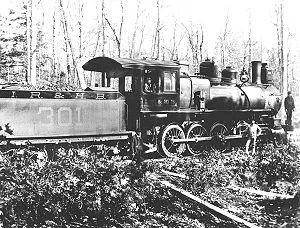
My larger model railroad project centers on a freelance railroad that traverses northern Michigan from Champion to Arvin on Huron Bay. Although the overall layout will be large it is being constructed in 12 x 48 inch pieces. So this will be a collection of small layouts.
The northern Michigan route from Champion to Arvin and Huron Bay was used by the Iron Range and Huron Bay Railroad. This was the million dollar railroad that never ran a train. The original went bankrupt, my freelance version assumes control of the bankrupt IR&HB in 1897 and changes the name to the Peshekee River Railroad. More can be found on the IR&HB at this Wikipedia article.
In my version, the new owners originally the bankrupt railroad to tap the extensive virgin timber in the area. They had no sooner started to harvest when copper is discovered along the route. New mines are opened and a new mill and smelter complex is soon opened on Huron Bay. From the bay finished copper is sent down the lakes to the major cities. Lumber is still produced but it is primarily used for the local building boom and the timbers required for the mines.
Another industry along the line is slate from the Arvin area. The slate here is considered fine enough to compete with the high quality east coast slate. With the coming of the railroad, new pits can be started with heavier equipment making the venture more profitable than it was before. The railroad will also have to bring in coal for the new industries. With an interchange with the Milwaukee Road and the Duluth South Shore and Atlantic at Champion, supplies, coal and other resources can flow to the mills and mines.
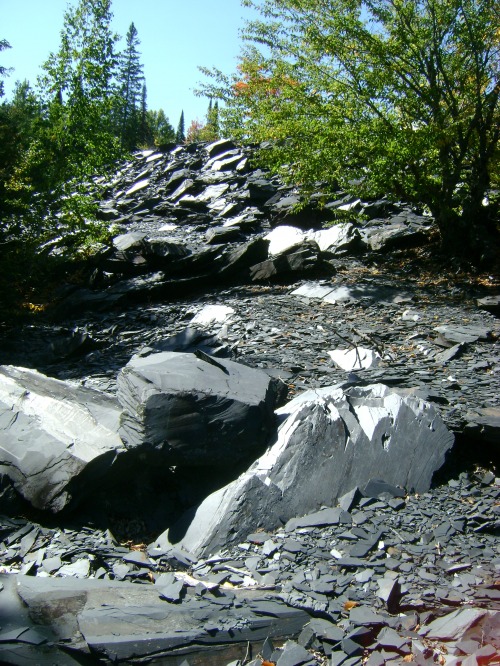
I set the time period for the PRRR to be about 1904. This will allow shays 4-4-0 and 4-6-0 and a left over 4-8-0 from the IR&HB. This era intrigues me because of the wide variety of engines and rolling stock that rode the rails at that time. It is late enough to have knuckle couplers yet many modern safety devices were still being developed. Bridges can be iron, steel or wood and all would be in keeping with the period.
The track plan is very modest. The railroad is a shelf layout making one loop of my 26 X 11 basement workshop. The shelf is only 12 inches deep at most points. Most shelves are removable from the wall and each other as self contained modules that include lighting and background. The railroad starts from Huron Bay where the mill and railroad shops are. The mill complex is contained on one of these shelves. The yard and roundhouse are on a fixed 24 inch by 7 foot shelf that covers a water treatment system. The entire line from the yard to the crossing of the doorway into champion is contained within the shelf modules.
Moving up the line we pass through the town of Arvin where the slate mine is and a tie mill. Next we pass over a high swamp and through a deep cut. This cut really did exist and the cost of creating it was a major reason that the IR&HB failed.
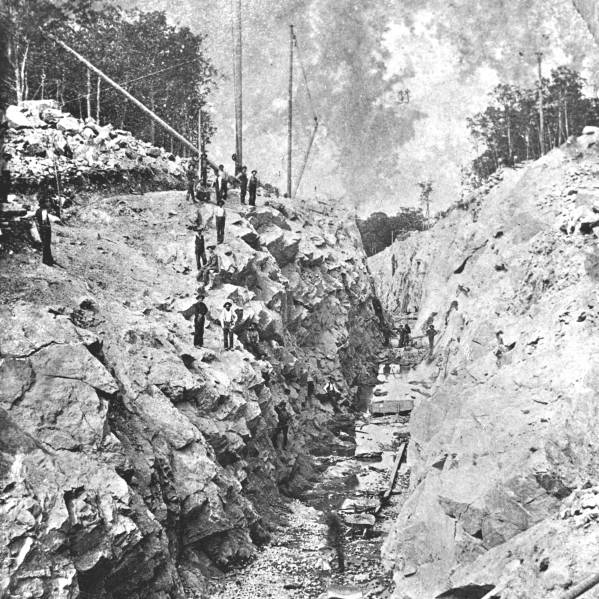
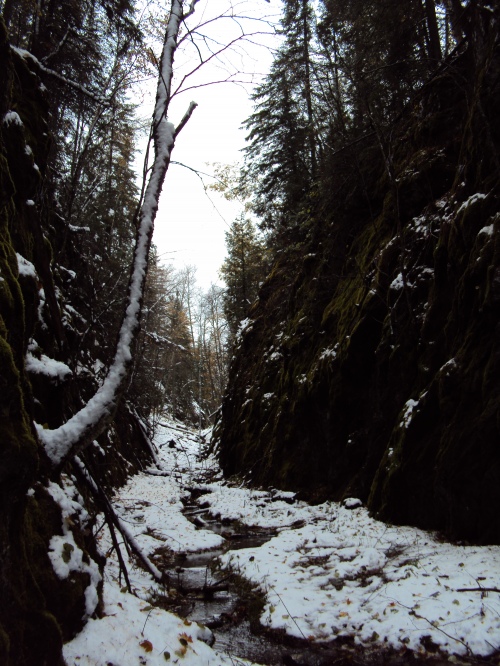
From the cut we come to a spur for the lumber operation. Lumber operations are “off screen”. At the spur is located a small lumber camp to give the impression of activity.
Proceeding down the hill we parallel the Peshekee River and enter the mining area of Peshekee. Some like to refer to the river and the mines as the “Pesky”. This has led to the name “Pesky Railroad” by the locals. Two mine shafts, the Bonnie Bell and the Becky Bell are serviced here. Both produce a fair amount of raw ore containing mostly copper and some trace amounts of silver and gold.
Proceeding past the mines a small community of company houses has emerged. The line continues south to the City of Champion and the connections with the Milwaukee Road and the DSS&A. The town of Champion and the interchanges are represented as a small fiddle yard above my work bench. There is also a removable bridge that connects to the backside of the Huron Bay mill area to allow for continuous running.
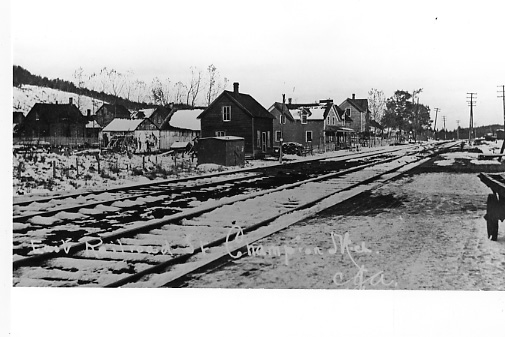
The railroad has been designed for point to point operation. I am still working out the details of operation. The basic premise is that empties will need to be delivered to the mines and loads transferred to the mill at least once every day. Passenger runs will need to be made twice a day to coincide with the operation of the mills, mines and transfers from the Champion connections. Then mix in the interchange traffic for the supply of coal and materials to keep the mills and mine running. We can also not forget that the lumber spur will introduce a slow moving log train every so often. We could also be getting a few loads of pulp to be interchanged in Champion.

That is it for now. The shelf design I have is very unique and several advantages over the traditional open shelf. I am also very excited to design and build the mills and mines in such a compact space.
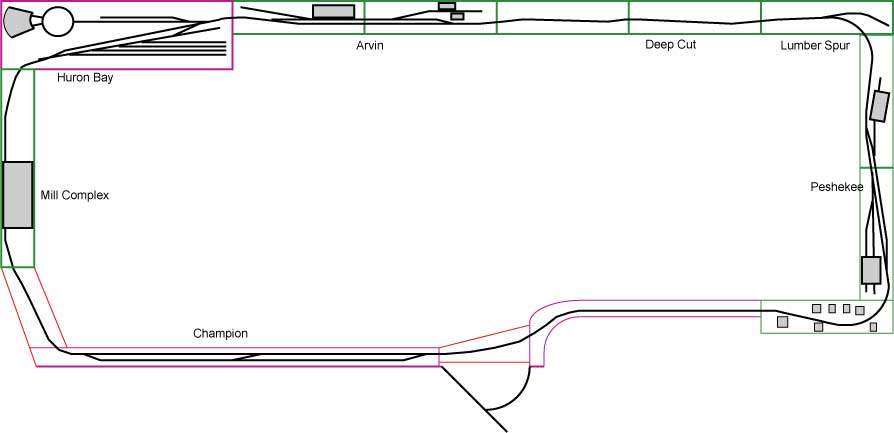
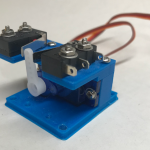
3 thoughts on “Peshekee River Railroad – HO Shelf Layout Design”